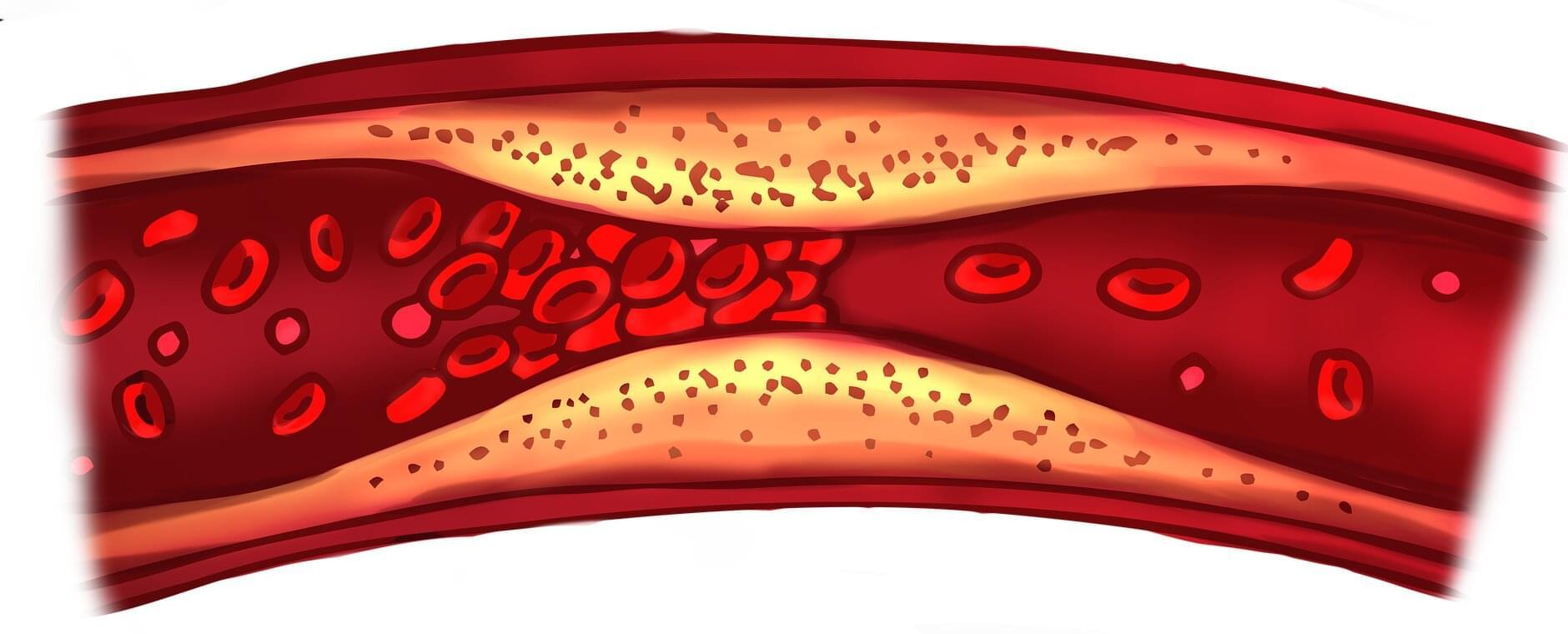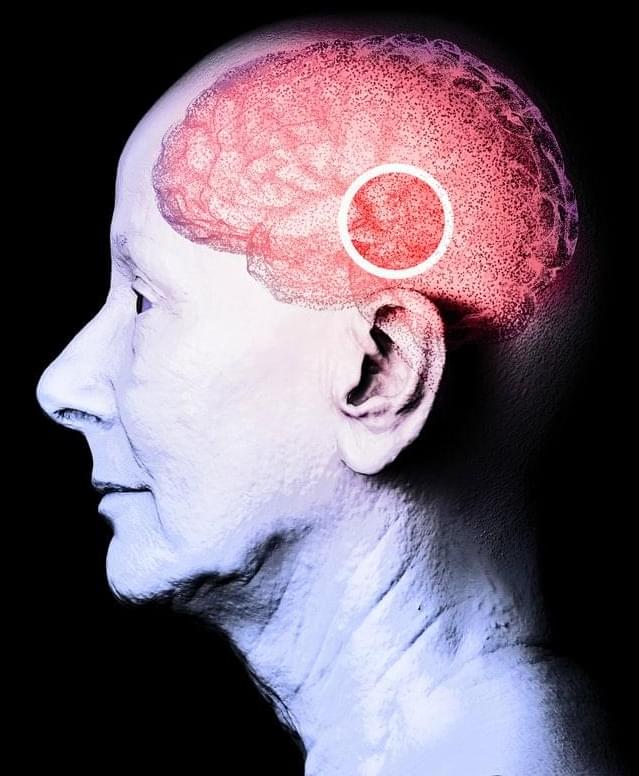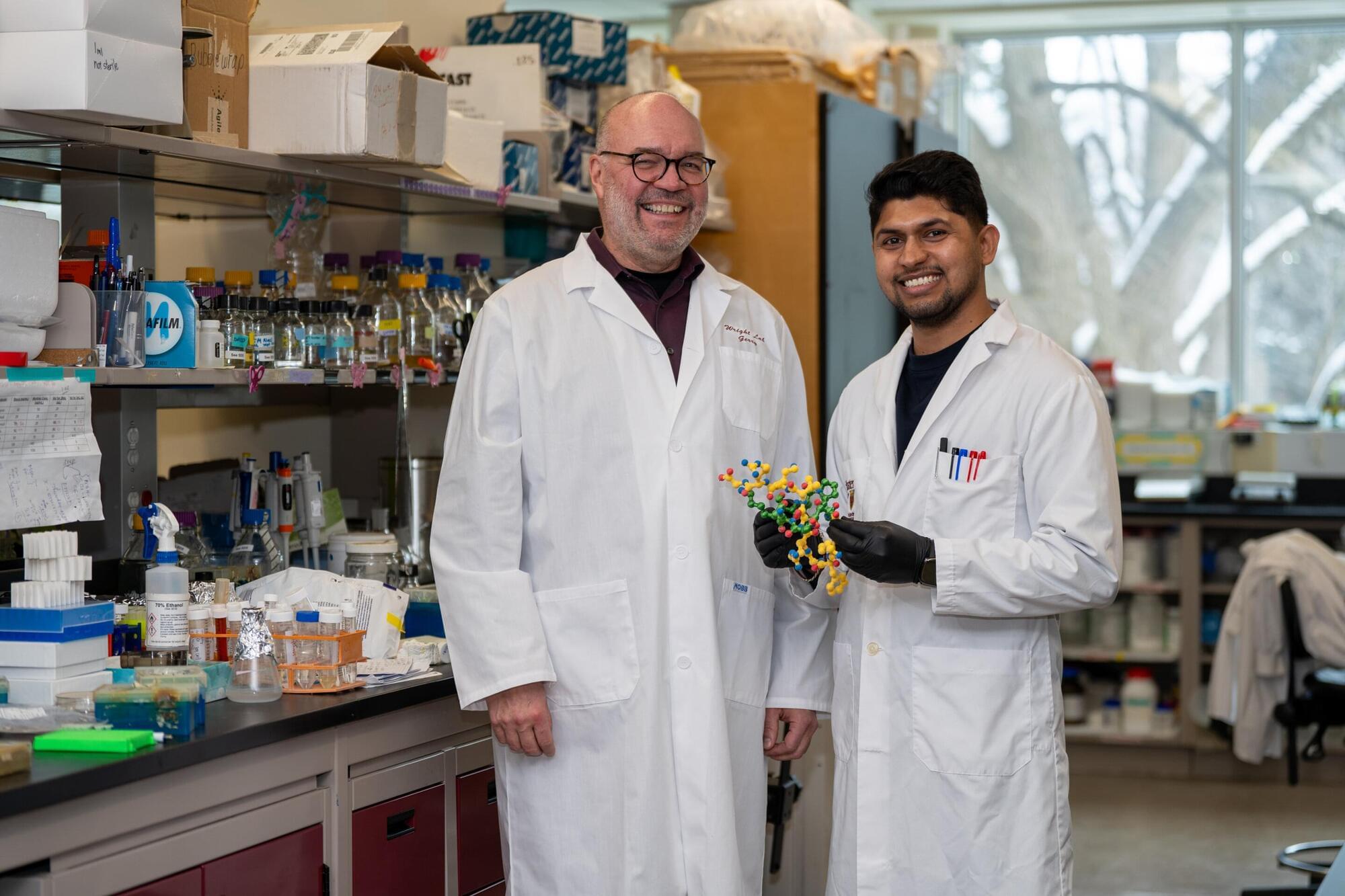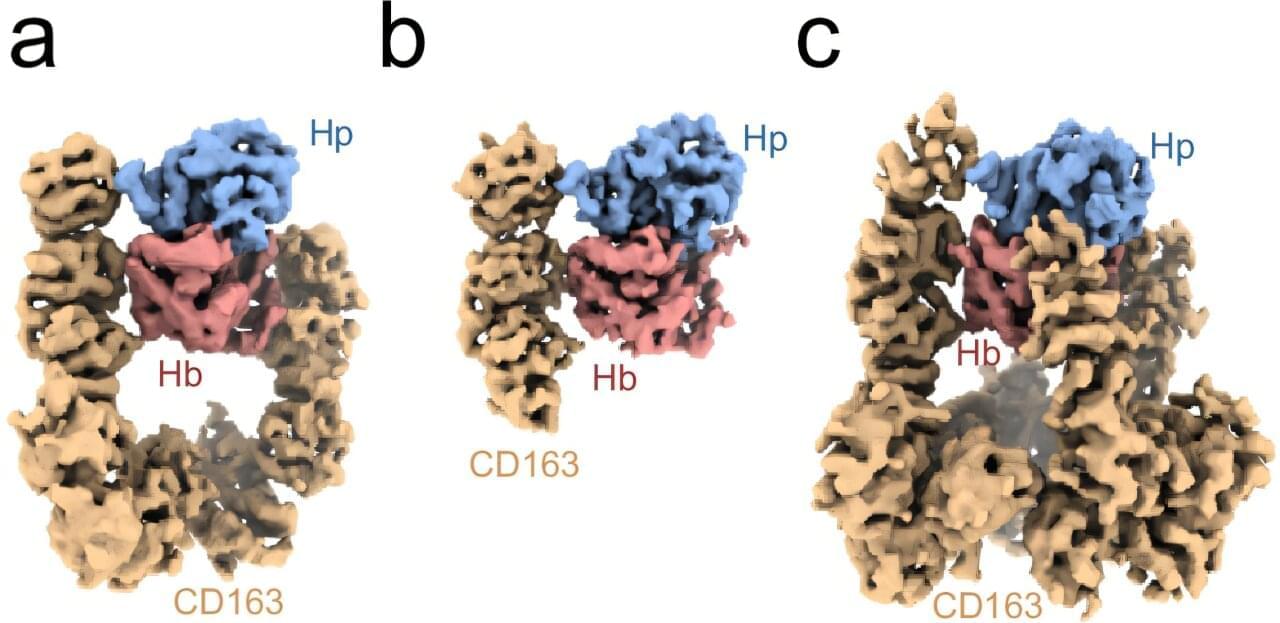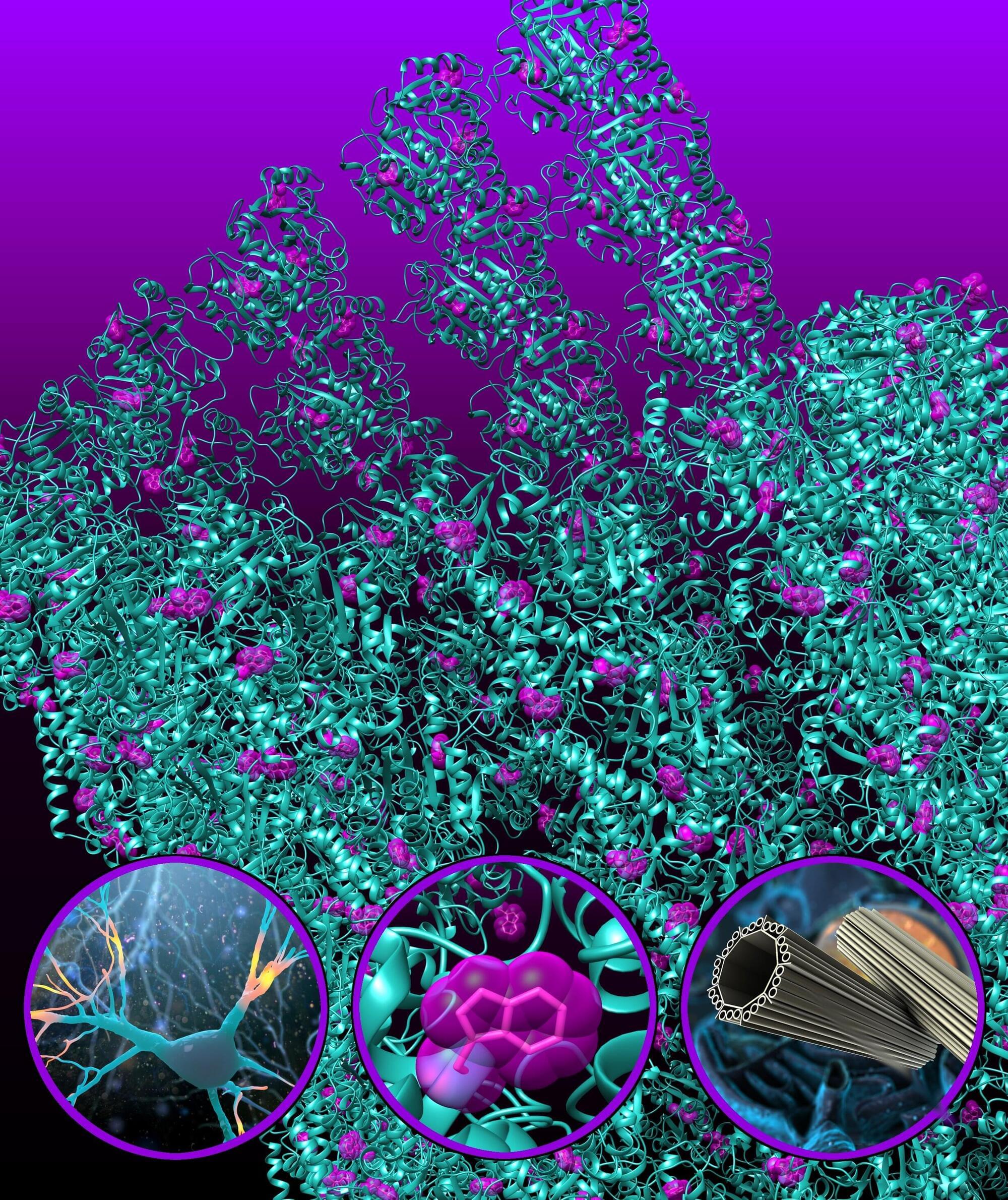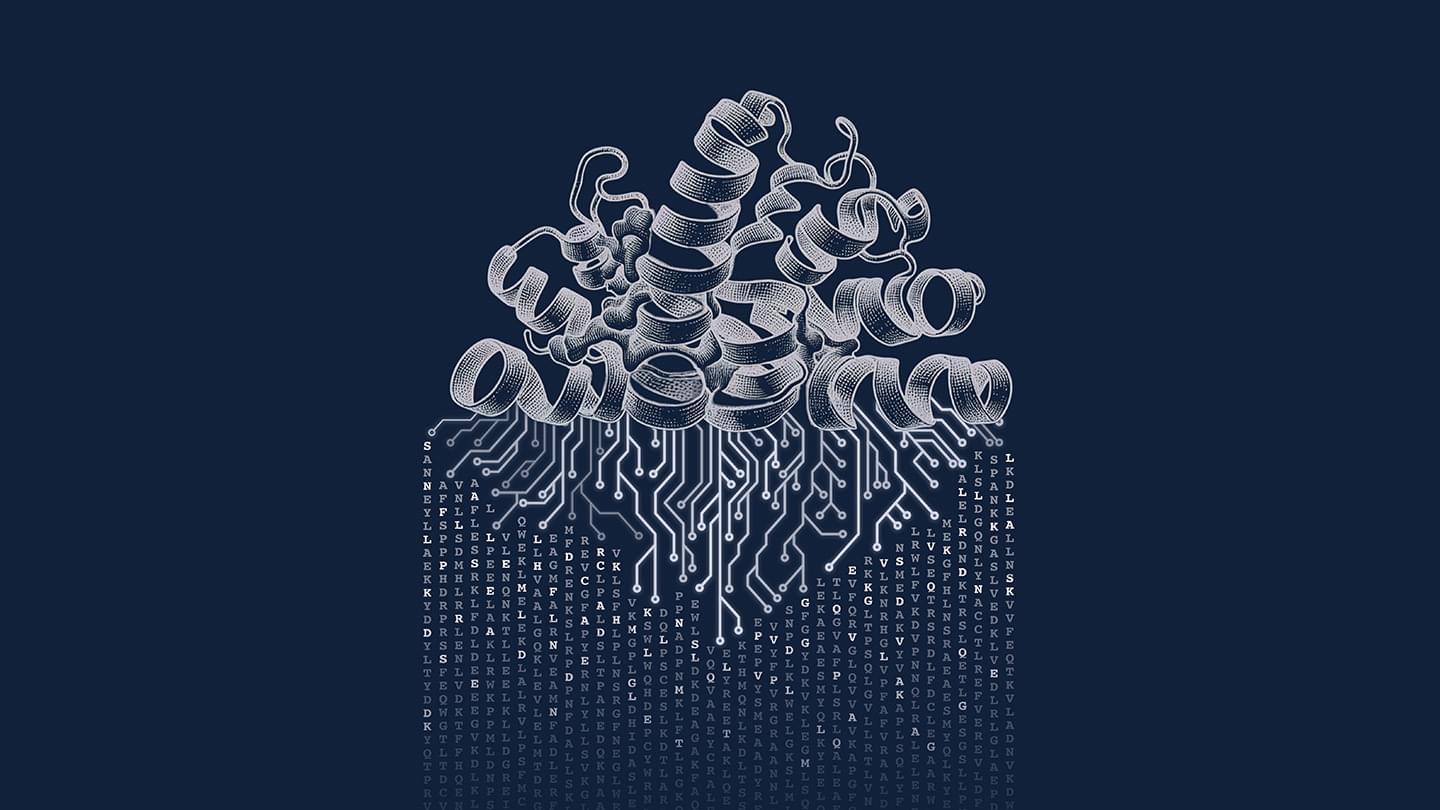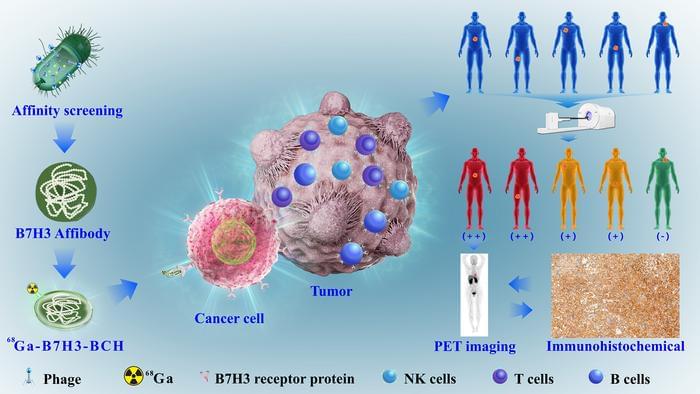Patients with narrowing of at least 50% in three major coronary arteries did equally well when treated with a minimally invasive stent placement guided either by ultrasound-based imaging or by a novel, artificial-intelligence-powered (AI), non-invasive imaging technique derived from angiography, researchers reported at the American College of Cardiology’s Annual Scientific Session (ACC.25) on March 30 in Chicago. The work was simultaneously published in The Lancet.
“This is the first such study to be conducted in patients with angiographically significant lesions,” said Jian’an Wang, MD, a professor in the Heart Center at The Second Affiliated Hospital of Zhejiang University School of Medicine in Hangzhou, China, and the study’s senior author. “Patients whose evaluation was non-invasively guided by the novel, AI-powered technique underwent approximately 10% fewer procedures, and their outcomes were comparable with those for patients whose evaluation was guided by a commonly used ultrasound-based imaging technique.”
The study, known as FLAVOUR II, met its primary endpoint, a composite of death, a heart attack or need for a repeat procedure at one year, Wang said.
